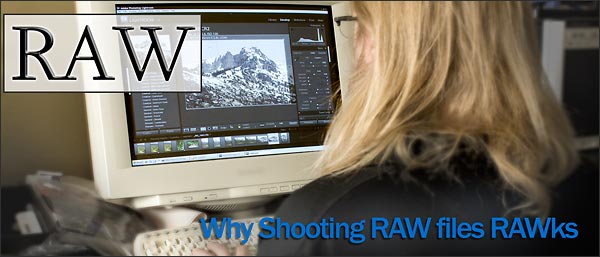
Why Shooting RAW files RAWks (or Realize Your Camera’s Potential with RAW Capture)
by Jim Talkington / prophotolife.com
![]() Camera manufacturers continue to boost the megapixel output of their digital SLRs, enabling them to capture more information and more detail with every new model release. It only makes sense then that you would want to preserve all of that information and detail, right? If you always shoot JPEG files instead of RAW then you may not be realizing your camera’s true potential.
Camera manufacturers continue to boost the megapixel output of their digital SLRs, enabling them to capture more information and more detail with every new model release. It only makes sense then that you would want to preserve all of that information and detail, right? If you always shoot JPEG files instead of RAW then you may not be realizing your camera’s true potential.
JPEG images emerge from a camera considerably smaller in file size than RAW captures. For many uses JPEGs are convenient and offer fine quality. RAW files are larger and must be processed in software before they can be utilized and shared. So why shoot RAW and have to deal with an extra step when the JPEGs may look just fine? There are a few good reasons that professionals and serious amateurs choose RAW.
Think of your camera as performing two distinctly different functions at exposure. In one step the camera captures an image and in the next step it processes the image into a usable format. If your camera is set to RAW then it performs only the first operation and stores the RAW capture data. If it is set to JPEG then the camera also converts the RAW data into JPEG (a compressed but easier to share) format using camera settings you’ve preselected (white balance, image size, amount of JPEG compression).
What if one of your settings was less than ideal? Say your white balance was set incorrectly, to daylight white balance when you were shooting indoors. The image will be very yellow and need correction. Yes, if the image is an already-processed JPEG it can be corrected in software but that may take some serious fiddling. It also will not be as accurate as if the camera settings were correct in the first place. There will most likely be odd bits of color showing up in highlights and shadows, still.
Now imagine the same photograph had been shot with the camera set to RAW capture. Since the file was not processed in the camera we simply move the file into our processing software, select the correct white balance and it will emerge with accurate color. One simple step has created an image with accurate color and little effort.
Okay, it’s extreme time. I simultaneously shot a RAW (Canon CR2) file (left) and a large JPEG (right) of the same scene with a Canon EOS 20D digital SLR. These were shot with correct exposure but under tungsten light with the camera set to daylight color balance.
Some of the real power in RAW files stems from a greater ability to hold color information (detail) than JPEG. A digital SLR records an image in three color channels: red, green and blue (RGB). Most cameras record RAW in 12-bit color (4096 colors per color channel) while JPEG records in 8-bit color (256 colors per color channel). As you can see, the RAW file will contain more colors, which translates into a greater ability to interpret detail and subtle gradations (like coloring with a larger box of crayons).
This additional color information is especially important when an image needs altering or correction. During something as simple as resizing (making a file smaller or larger) computer software must make decisions about adding pixels or discarding pixels from an image. The more information held in the file (RAW wins this battle), the more accurate the decisions made by the software will be, preserving more detail.
On these shots the white balance is set correctly to tungsten. But now let’s mess up our exposure by underexposing by two stops. This is an extreme example but any underexposure does degrade the image.
The true beauty of RAW is that any photograph you have ever taken may be later processed to whatever specifications or settings you like. Each file you process from RAW is a true, unblemished original with uncompromised quality because you have utilized the RAW capture data from the moment of exposure. When altering JPEG images you have already started with a compromised amount of information and each generation of alteration will degrade that information further. JPEG may be fine for casual snapshots but will not show your camera’s true potential. If you do not currently capture RAW images, most cameras also offer the option of shooting RAW and JPEG simultaneously. Give it a try and compare the results for yourself. It takes a little diligence to learn new software techniques but the results are well worth it.
About the author
Jim Talkington owns and operates a commercial photography studio in Cincinnati, Ohio, and shares his twenty-plus years of professional photographic experience with readers at www.prophotolife.com. Video and text tutorials on a wide variety of photo subjects can be found on the website.
prophotolife’s profile >>
prophotolife’s gallery >>
Related Content:
RAW Conversion & Workflow Software Reviews
Photography Software Forum
QPcard Web site


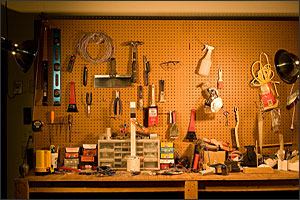
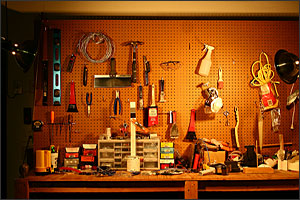
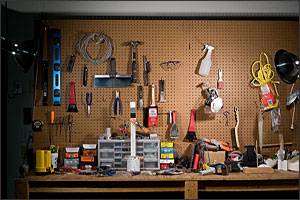
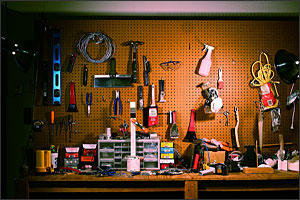
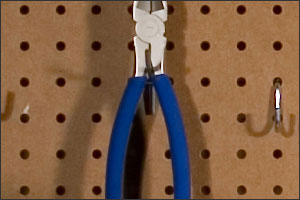
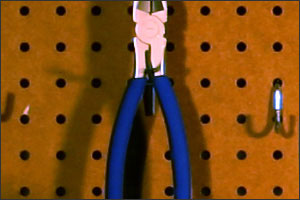
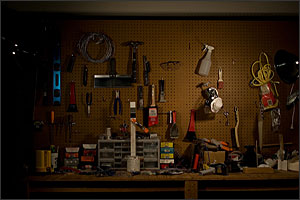
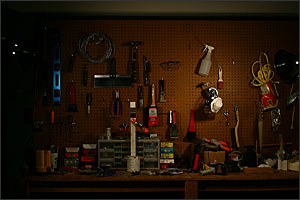
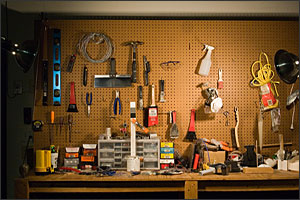
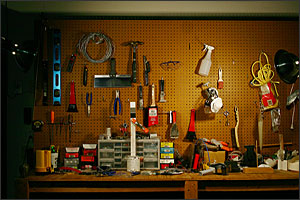
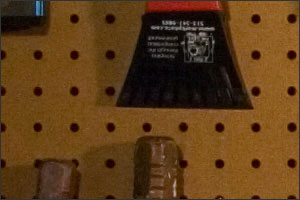
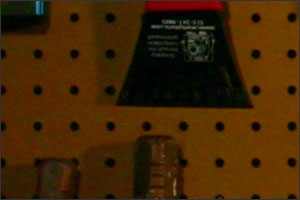
Very interesting and well-written article, thanks. The example photos really show the difference, too.
It’s funny I just ran accross this article. I was just playing with RAW vs JPG and my new Sigma 70-200 f2.8 lens on a sunny day and had shot a bunch with my Rebel XT set for both RAW and Jpg. I had shot outside, so didn’t notice the uncorrected WB in the RAW. I could see differences in the tones, though. I didn’t have the original subject, though, so couldn’t tell which was more accurate.
The problem I ran into with RAW was the length of time spent waiting for the camera to write the larger file to the memory card. Most of what I shoot is action shots and until that writing time is reduced, I will have to continue with JPG format. Now I know better what I am missing, though.
Thank you for the great analysis.
Great writeup and great example shots. The power of RAW is awesome. There are a few drawbacks, but being able to get the shot just the way you intended it is worth some of the pain. And shooting RAW+JPEG helps a lot too. Great writeup and here are a few more example shots and diagrams:
http://blogs.adamparkerphotography.com/blog/Make-your-pictures-happy-shoot-in-RAW/18/